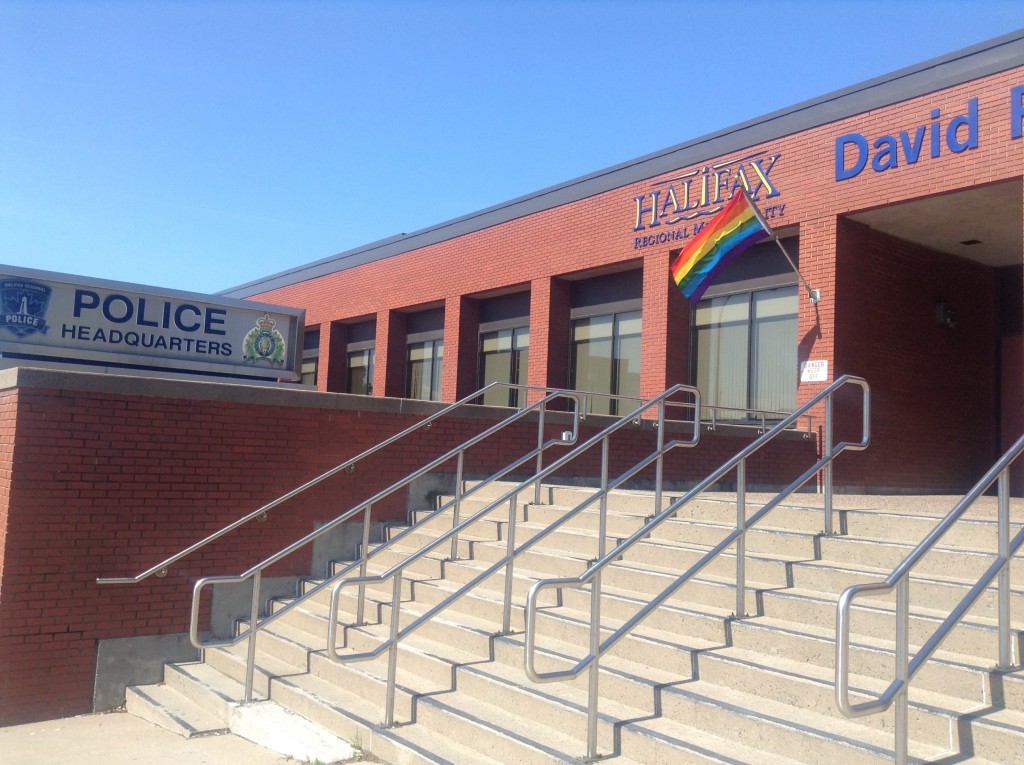 French-language books are not as popular as they used to be. Government funding and small market sizes outside Quebec has affected its sales.
French-language books are not as popular as they used to be. Government funding and small market sizes outside Quebec has affected its sales.
According to the 2011 edition of Canada’s Year Book, in 2008 publishers who printed mainly French-language books had a growth in revenue compared to publishers who printed mostly English-language books.
Errol Sharpe, co-owner of Fernwood Publishing, has been in the publishing industry for 30 years. One reason for this, he says, may be the competition English Canadian publishers face with American and British books in the Canadian market. Sharpe continues to say the sizable French readership in Quebec may also be a factor.
“There’s a much stronger cultural base in Quebec than there is in English Canada,” said Sharpe. “For the last 20 to 30 years, Quebec has been fighting to maintain its language and its culture. There’s a great deal of cultural awareness in Quebec that doesn’t exist in the rest of the country.”
However, this has changed. According to Statistics Canada, Canada’s publishing industry had an 18% drop in both operating expenses and operating revenue between 2008 and 2014. English-language books accounted for 79.2% of sales, while French-language and other languages accounted for only 20.8%. E-books, not too far behind, made up 13.1% of sales.
According to the Atlantic Publishers Marketing Association (as shown below), the Nova Scotia book market is worth $36.3 million and the sales of books across Canada contributes $1.15 billion to the Canadian GDP.
Over the years, some English-language book publishers like Gavin Will, owner of Boulder Publications, have experienced notable growth in revenue. Will would like to publish books in French as well but he says there are “steep barriers” to overcome.
There are federal grants available for publishers who wish to translate books to French or other languages. However, they are required to have published at least three books in that target language by themselves before they can qualify for the grant and Will says it’s not that easy.
“Not only do you need to have a translator, you need an editor as well,” he said. “I might be able to afford a translator but an editor on top of that would be difficult… It’s about $5,000 per book, depending on the size of the book. Some charge by page or by the word. ”
Marion Vitrac, program officer at the Canada Council for the Arts says the requirements to apply for the Translation Grant are at a minimum for publishers.
“For a publisher to try a new venture in another language means a new audience, new distribution channels, new everything,” said Vitrac. “We don’t fund organizations that are just starting because we’re accountable. We need to fund arts organizations that have proven a minimum of stability and their commitment to their mandate.”
Michael Hamm is a manager at Bookmark on Spring Garden Road. He says a “good bookstore” caters to the demands of the community and explains that bookstores try to stock books in languages other than English to show diversity.
“It just adds another cultural depth to your store and people like to see it,” said Hamm. “I couldn’t imagine a store where you don’t have some French language books, besides dictionaries and workbooks. It adds another level of meaning to the community just to see these books here.”








